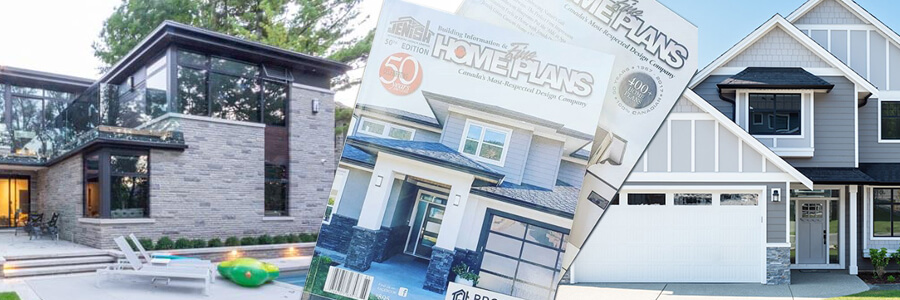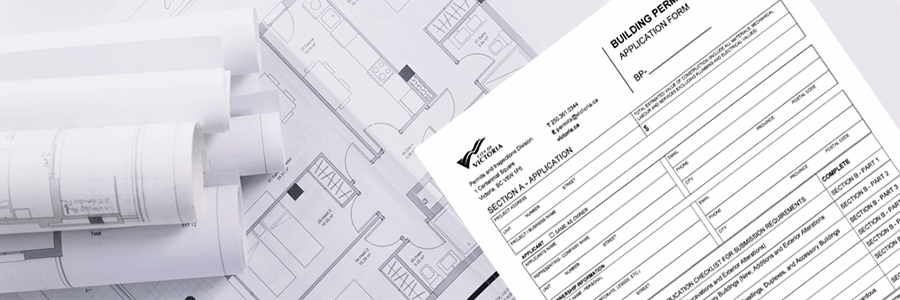Building Code Changes to Secondary Suites
Secondary suite regulations have recently been changed in the BC Building Code. As of December 12, 2019, many rules regarding how secondary suites can be constructed have been relaxed. Prior to this, secondary suites had a restrictive limit on the size and scope of the suite in general and in relation to the principal residence. Also, for basement suites, certain height regulations made some unfinished basements not viable to convert to a legal suite. In today’s real estate and rental market, there is a demand for not only more suites, but more livable suites. Many people cannot afford to buy and therefore rely on the rental market. With a small to medium sized family living in a suite, the restrictive size limit was becoming a burdensome. On top of that, secondary suites were restricted to certain structures only. These new suite relaxations are the topic of today’s blog and we will go into detail of the most prominent changes.
The main relaxation and most dynamic change to secondary suites is the allowable size that the building code states. Prior to the change, the building code was very strict on the size limit of secondary suites, stating that the maximum floor area was 90m2 –about 950 sq/ft. Also, the secondary suite could not be more than 40% of the principal residence, what ever is lesser; if 40% of your main residence is 80m2, you are limited by that lower amount instead of 90m2. Because this was a building code regulation, no municipality could override this limit and all legal suites in all locations were built in accordance with this limitation. The new change to the building code for secondary suites has completely removed this limitation. There is no longer a limit on the size of secondary suites in the building code. This is huge. The power to regulate the size of secondary suites has been shifted from the province to each local municipality based on the needs of their respectable markets. As a designer, when I designed a secondary suite, I noticed that with the existing limitation, I could only create a livable 2 bedroom suite. A 3 bedroom was possible, however, it would be crammed and I did not recommend it. Prior to the change, people living in suites with two or three kids were crammed. Bedrooms, especially in basement suites, could get small. Now, thanks to the change, a livable 3 or even 4 bedroom suite is possible, which in my opinion, is a huge positive change for both the tenant and the home owner.
Another relaxation that will have a huge effect on new basement suites is the lowering of the minimum ceiling height inside the suite. Prior to this change, the minimum ceiling height was actually 6’-10” which was odd because a standard door height is 6’-8” and the minimum height above stairs is 6’-4 ¾”. This height seriously limited people’s ability to convert their unfinished basement to a legal suite for rent in today’s rental climate. The change has lowered the ceiling minimum to 6′-5”, therefore, converting an unfinished basement into a basement suite is now more obtainable. In my experience, most people who are converting their unfinished basement into a legal suite live in an older home. In the time that their house was built, the unfinished basement was rarely 6’-10; it was used for mechanical and storage. This would leave people with very few options, either lift the house, dig down and underpin (both expensive) or push people to the unsafe option of creating the suite illegally. Now with this change, the height regulation is more in line with the reality of unfinished basements and how they can be converted into secondary suites, giving the home owner more options. Also, one of the trickiest parts of a basement suite was figuring out how to deal with beams and ducting. Almost always, on top of the low ceiling height, there was an even lower height under the beams which usually were in the center of the basement. On top of that, in older homes, the unfinished basement housed the hot water tank, plumbing stacks, furnace and ducting. This means that ducting ran along the ceiling to service the upper floor with heat, causing lower ceiling height in these areas as well. Thankfully, the building code change has addressed this issue. In company with the minimum ceiling height change, a minimum height under beams and ducting is now addressed. For both beams and ducting, the new minimum height under these items is now 6’-1” which is a huge relief for potential basement suites. One of the hardest elements to deal with for basement suites was a strange beam in a bad location. Now, a lot of these headaches are gone with this new relaxation and suites overall can be constructed with lower heights.
The last relaxation we will talk about is which structures were and are now allowed to incorporate a secondary suite within them. Prior to the change late last year, a secondary suite could only be in a single-family dwelling. This regulation has been altered to allow secondary suites inside of duplexes, triplexes and quadplexes — as long as they are side by side . The revision states specifically that “The building may contain other dwelling units or occupancies that are horizontally adjacent; they may not be located above or below each other.” The change still limits secondary suites from condominium buildings where units are stacked on top of each other, however, now new multi-unit structures can be designed with secondary suites in mind, adding more potential living arrangements for Greater Victoria.
There are a few other changes that have to do with the technicalities of fire and sound transmission ratings that I will not dive too deep into. One interesting item is, as long as the entire structure is interconnected with photo-electric smoke alarms, regulations have been relaxed on locations of windows and doors for the non-suite dwelling. To learn more about all the changes you can read this PDF document located here.
These changes to the building code for secondary suites are, in my opinion, huge and full of potential for both tenants and home owners. Not only can more family-oriented suites be constructed in new homes throughout Langford and Sooke, but unfinished basements throughout Saanich and Victoria can be more easily converted into legal suites for rentals, relieving some of the tension felt throughout the city. I am very excited about these changes and am enjoying designing larger, more tenant friendly and overall more interesting secondary suites throughout Victoria.
Thanks for reading!



